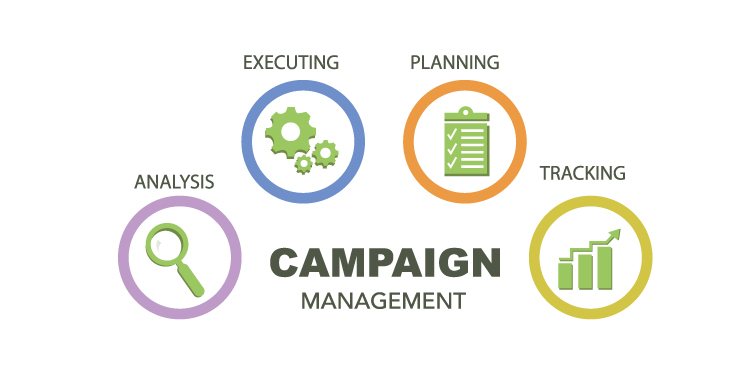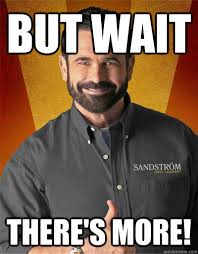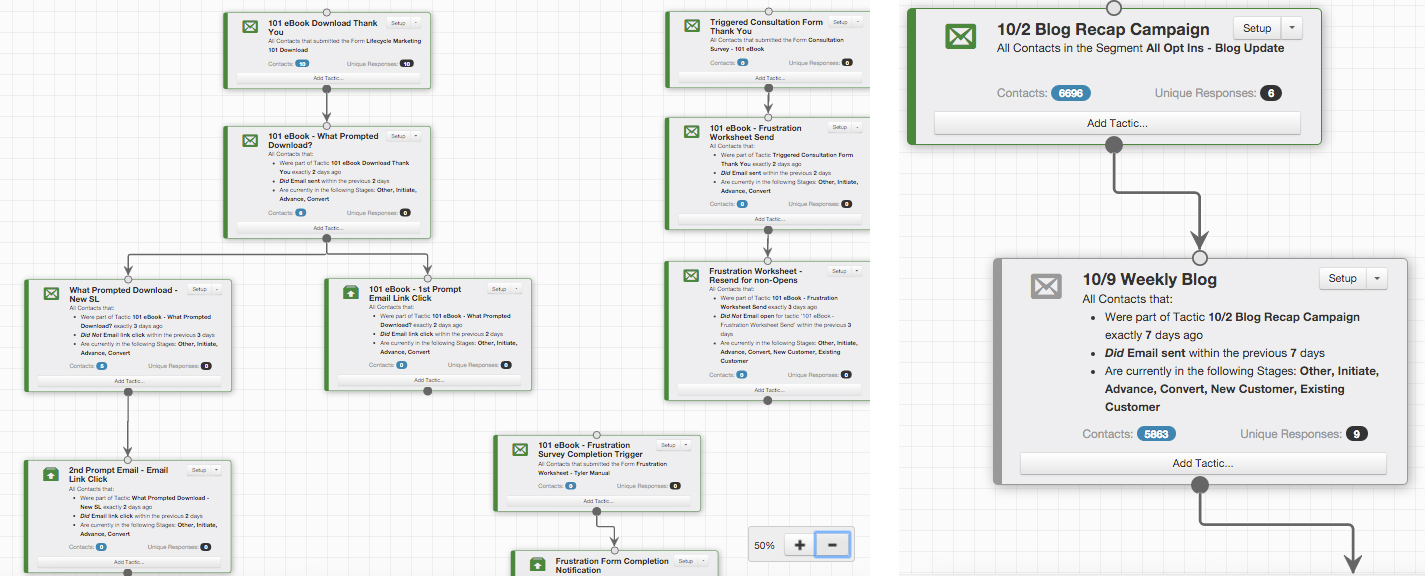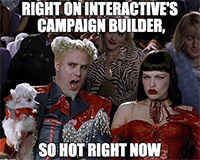“We should do a marketing campaign centered around (insert word here)!” The statement echoes through the conference room. The speaker is most likely a senior level officer or manager, and he/she is sporting a pleased, reassured expression after sharing this seemingly brilliant idea. The speaker continues in a blur of marketing clichés, “Tracking…channels…content…social media…integrated marketing…data-driven…engagement.” In the blink of an eye, the door slams shut, leaving the junior marketing staff alone with their thoughts in a fog of confusion and terror.
Have you ever been the person leaving the room? Or have you ever been one of the team members left behind in the above scenario?
These feelings most likely stem from one of two reasons: either this marketing team does not have a holistic platform on which to execute such a campaign, OR the team’s platform requires nothing short of a seemingly full understanding of quantum string theory to pull together an operational campaign workflow. Which bucket does your organization fall into?
When selecting a marketing campaign management tool, one must consider the following two questions:
“Can my most savvy, technical marketer push this application to its fullest capabilities and then some?”
“Can my least technical, most junior team member operate the basics of this platform comfortably?”
If the answer to either of these questions is, “No,” then you should probably keep shopping around.
I recently had the chance to check out another campaign management interface. For starters, there were 16 available campaign actions with icons, quick notes, and full descriptions of their different capabilities and uses. “Pretty cool,” I thought to myself as I looked into each action and its description. Of these 16 options, I only pictured myself using about 3-4 of them to form a standard, branching campaign complete with emails, sales team alerts, and campaign exit workflows.
Wow, was I wrong.
I quickly realized that to simply send a two step drip campaign, I would have to schedule an email, plan each different email action separately, add pauses, create tags, determine groups, and more. All of these actions were required for a simple two-step workflow, and I had not even created my audience segment or complimentary actions such as form fills or interactions with sales team members! All of these actions especially caught me off guard because it was hard to visually understand and comprehend what I had built and if it was truly what I was hoping to create.
Let’s think back to that junior marketing team in the opening scene. Unfortunately, they received limited training on their marketing technology during implementation, and to top it all off, support typically takes 6-12 hours to respond to even the most basic questions. If they are using a technology like the one that I recently had the opportunity to experience then they have little to no chance of success before even starting their campaign. Sounds like a recipe for success, right?
At Right On Interactive, we believe that marketers of all skill sets and backgrounds must be able to utilize and see value out of our software. From the data analyst to the HTML designer to the campaign workflow architect, all can and should play important roles in shaping campaign strategy. With this in mind, we created our campaign builder to be easily understood and visually responsive to ensure that our users understand their different campaign workflows. Check out the screenshots below, and feel free to share your thoughts in the comments section.
For more on campaign management, check out Right On Interactive’s, “Top 10 Questions to Ask Prior to Launching a Marketing Campaign,” located in our newest eBook, Lifecycle Marketing 101!





